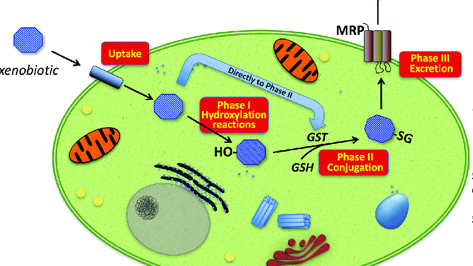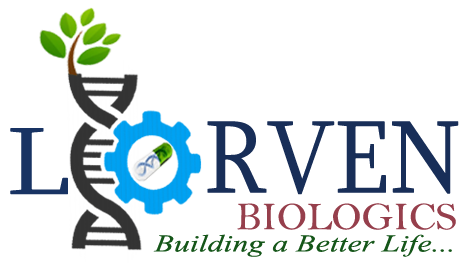BIOTRANSFORMATION ENZYMES
Biotransformation Enzymes
They can be found in all living organisms and play a key role in metabolic pathways. There are two categories of enzymatic reactions, called catalytic and non-catalytic. Catalytic reactions usually require the presence of an iron ion (Fe++) while non-catalytic reactions do not require Fe++ ions. Biotransformation enzymes are involved in the incorporation of drugs into their metabolites by use of active transport or shuttling mechanisms.
Enzymes are proteins, and their structures differ from those of other proteins because they have extra amino acids attached to the N-terminus of the polypeptide chain (the backbone). This extra material is known as the "active site," which contains an active site pocket where
one molecule binds to another with its covalent bond rather than through attraction between polar side chains such as those found in some non-enzymatic reactions like hydrogenation or hydration reactions.
Biotransformation enzymes are catalytic or non-catalytic. The term catalytic refers to the fact that they require the presence of an iron ion (Fe++) in order to occur, while non-catalytic reactions do not require this. In general, catalytic reactions are faster than non-catalytic ones because they involve more molecules interacting at once and therefore require less time for completion.

Biotransformation enzymes are involved in the incorporation of drugs into their metabolites by use of active transport or shuttling mechanisms. Some of these enzymes are reversible, while others are irreversible.
Biotransformation enzymes are involved in the incorporation of drugs into their metabolites by use of active transport or shuttling mechanisms. Some of these enzymes are reversible, while others are irreversible. Reversible enzymes can be inhibited by drugs. Drug- metabolising enzymes hinder or enhance the action of these drugs by at least one step during their biotransformation pathway (also known as hepatic clearance).
These enzymes can be divided into two groups:
Reversible enzymes that break down a drug into its original form
● Irreversible enzymes that keep a drug from being broken down
● Enzymes are proteins that catalyse chemical reactions.
Enzymes are proteins that catalyse chemical reactions. Enzymes are not used up in the reaction they catalyse, but rather only become inactive during catalysis. In this way, enzymatic reactions are fast and efficient.
